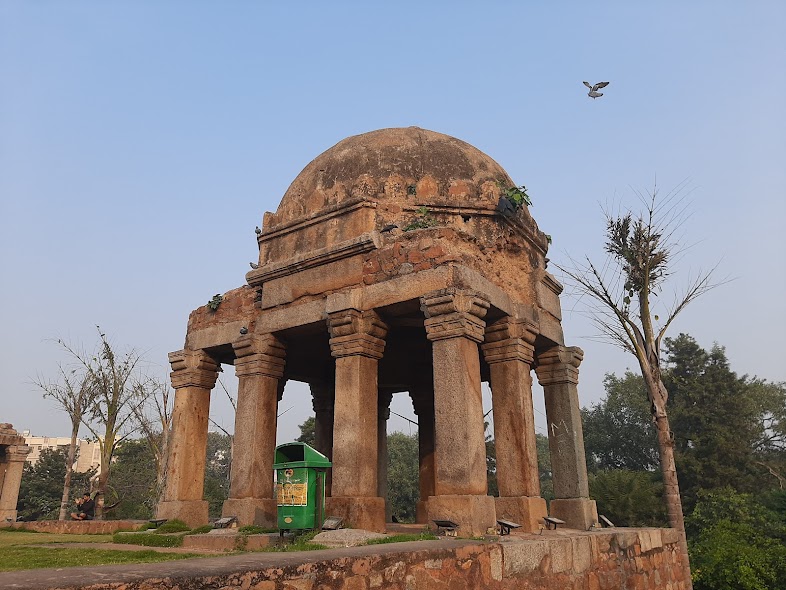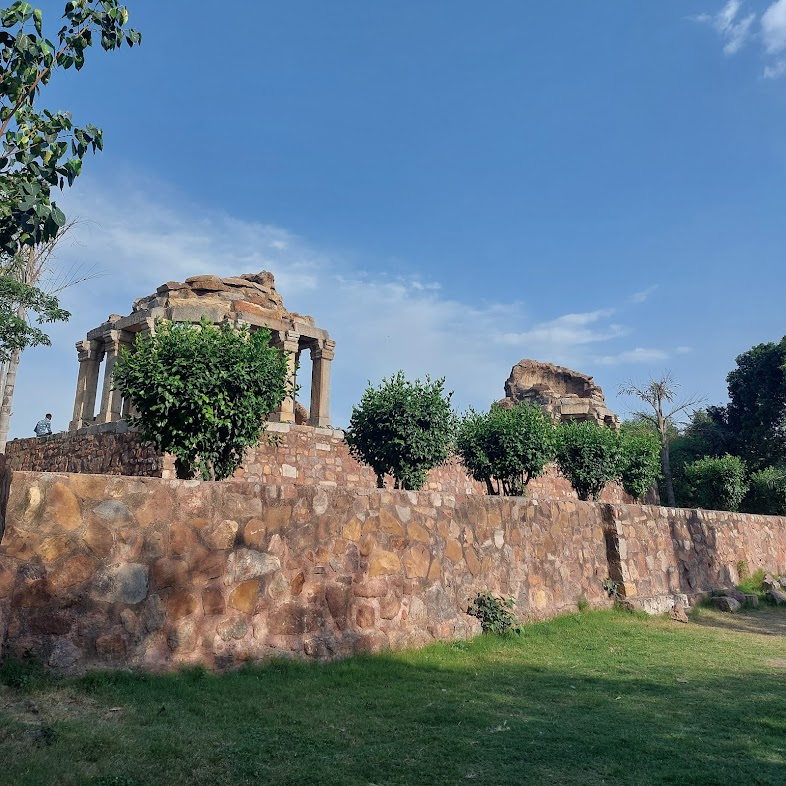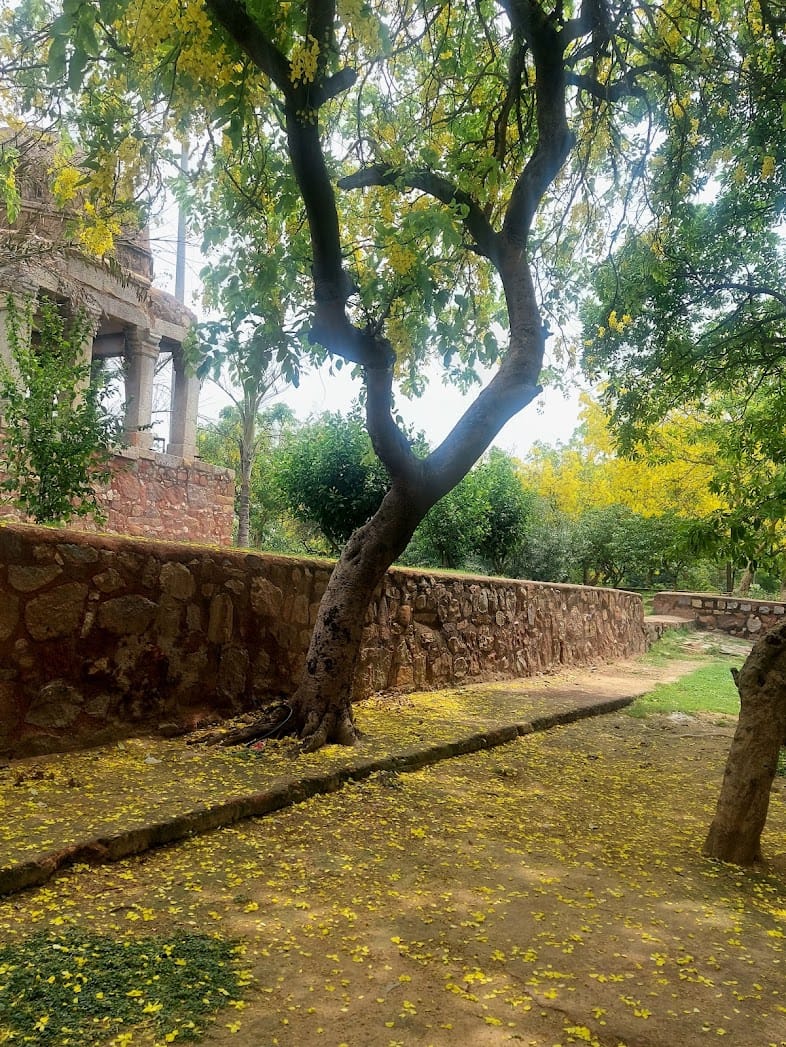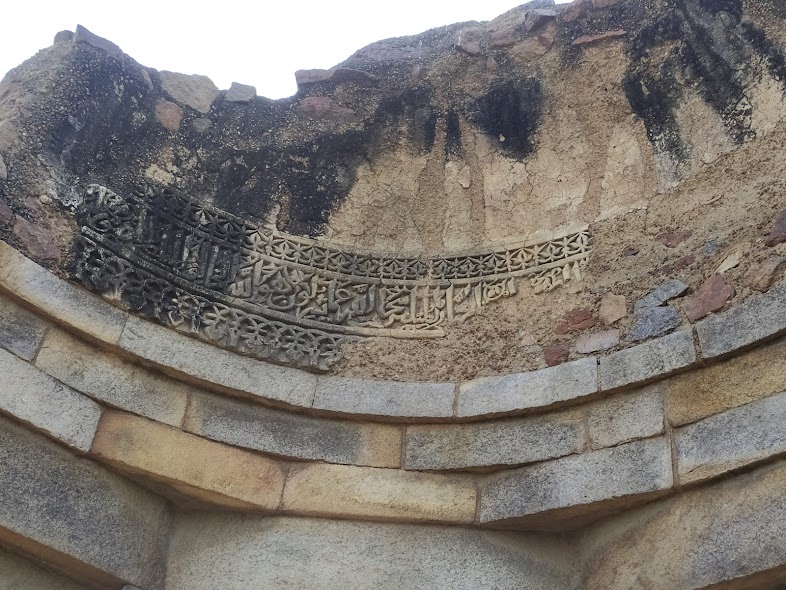



The Tomb of Darya Khan Lohani, located in Delhi, India, is a significant structure from the Lodi period. Darya Khan was a noble during the reign of Sultan Sikandar Lodi (r. 1489–1517) of the Delhi Sultanate. The tomb is part of the broader Lodi Gardens area, which contains several other monuments from the same era. Here's some key information about the tomb and its background: Establishment: Date: The tomb was built in the early 16th century, around 1506-1526 AD, during the Lodi period. Style: It follows the Indo-Islamic architectural style, a blend of Persian, Afghan, and Indian design elements. Location: It is part of the broader Lodi Gardens in Delhi, near other tombs such as the Shish Gumbad and Bara Gumbad. Architectural Features: Design: The tomb is octagonal in shape, with a distinctive dome at the top. It has an austere and simple style typical of Lodi architecture. The absence of excessive decoration is a hallmark of this era's tomb design. Materials: Built mainly of rubble masonry with stone and plaster work, typical of Lodi period tombs. Layout: It is surrounded by a platform and stands in the middle of a garden. The tomb chamber itself has arched openings, and the roof is topped with a large dome. Significance: Darya Khan was an important figure in the Lodi administration, and the tomb serves as a reminder of his role and the broader Lodi dynasty's legacy. The tomb, like many others from this era, reflects the simple yet elegant architectural tastes of the Delhi Sultanate rulers. It is one of the key monuments in Lodi Gardens, a popular park in Delhi that is home to several historical tombs and structures from the Lodi and Mughal periods.